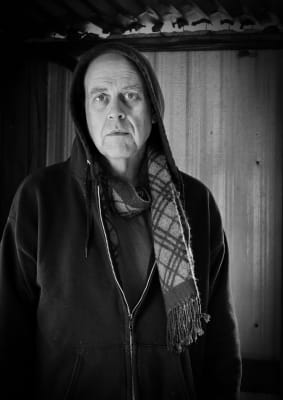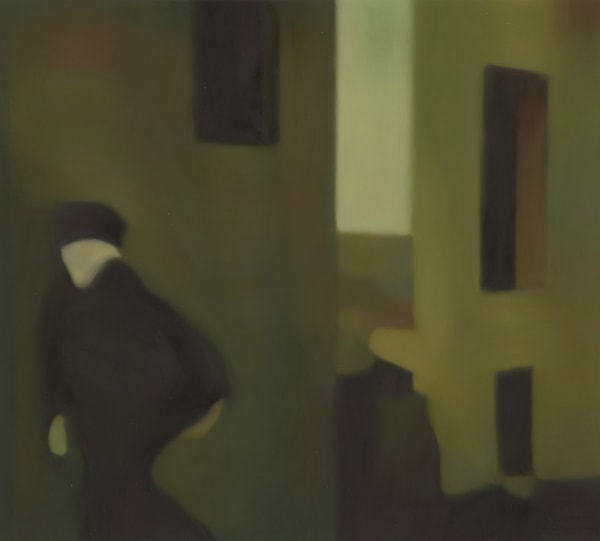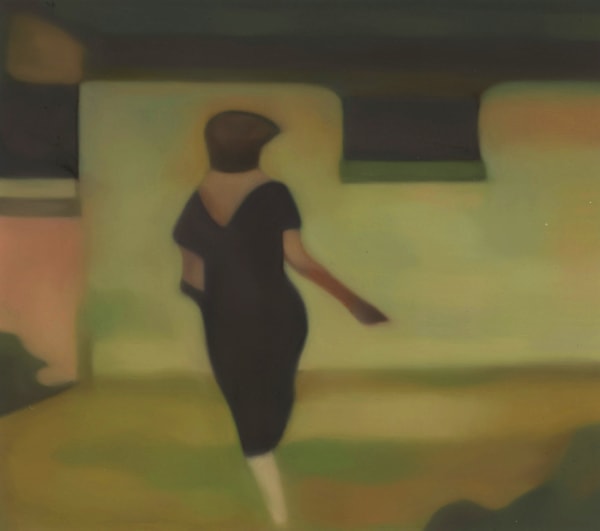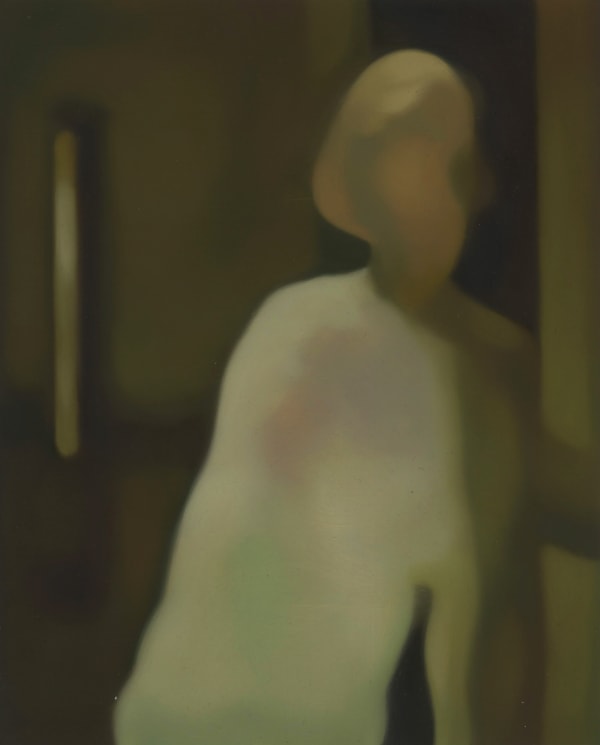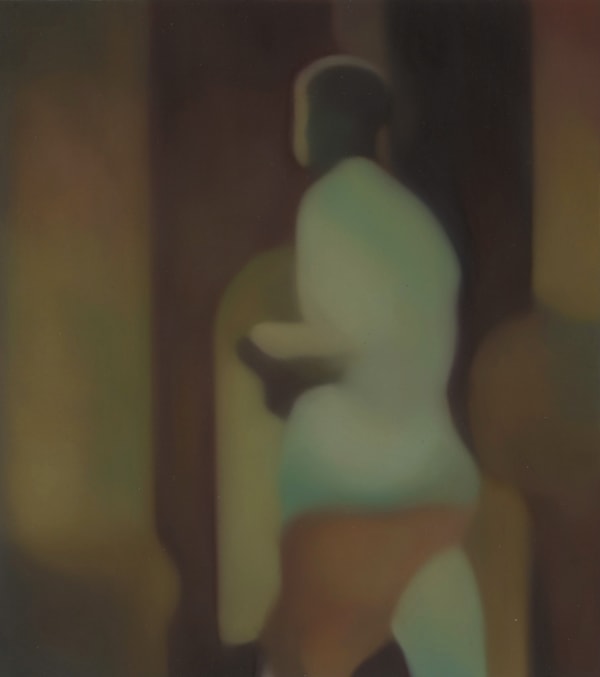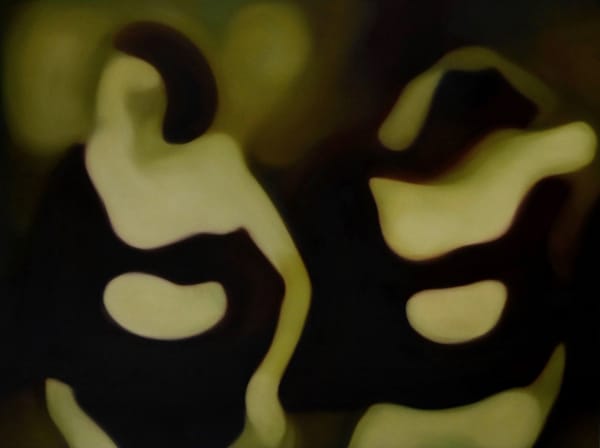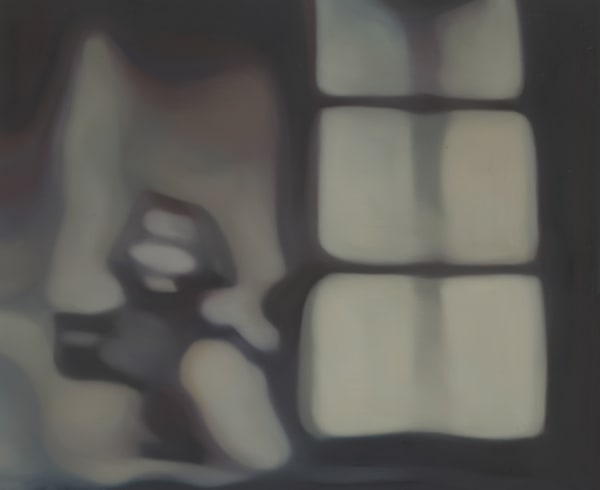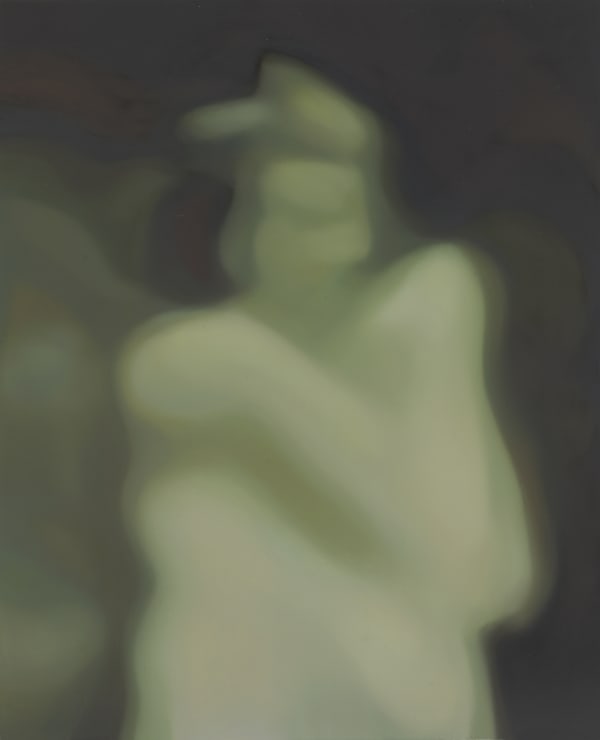Born in New Jersey in 1966 and currently located in Columbia, South Carolina, John D. Monteith has been a practicing self-taught artist for over 30 years. Known for his fluid and expansive use of mediums and art forms, Monteith has been featured in many solo and group exhibitions throughout his career, as well as a wide range of publications, periodicals, and public and private collections.
Innovative and deliberate in nature, Monteith’s artistic journey has been nonlinear—much like his position outside traditional fine arts academia. His work has consistently dealt with the concepts of otherness, a recurring theme within his explorations of collage, found objects, drawings, and paintings. His work ranges from intricate collages made from old yearbooks to wash drawings of chat room avatars using tobacco juice, to a collection of 30 digital frames showcasing slides of early dial-up webcam selfies. These works reflect his decades-long engagement with life viewed from a distance, exploring themes of removal and a shadowy existence.
-
All works:
Created between 2022 - 2024Oil on gessoed Dura-lar Matte -
This exploration, self-described as “a glitchy transmission from a parallel dimension,” was further expanded upon in 2020 when Monteith suffered several severe health crises. Amid the pandemic's restrictions, his paintings began to mirror his new reality—grappling with what it means to exist on the fringes, both socially and physically. His hazy, unconventionally exposed film references evoke a sense of double erasure, simultaneously reflecting his physical isolation and the echo chamber of his thoughts.
Despite these challenges, Monteith views the themes of containment and resistance within his work as liberating. His regimented lifestyle doesn't prevent him from maintaining an "all-bets-are-off" approach, continually reassembling emotional and psychic experiences in search of new, often dissonant connections. He believes art provides a glimpse "behind the curtain of artifice," offering a small, but poignant, resistance to the relentless present. His recent work has become expansive and purposeful, painting multiple layers of color on intimately scaled pieces of Duralar—a material he's grown as comfortable with as canvas or board. Monteith's subjects, often figures, now draw from a wider array of sources, including film stills, found internet images, and personal photos. These references, which Monteith describes as having "incidental vagueness," appear both altered and untouched, discovered yet presented in their obscurity. In some of his newest pieces, he has even used AI photo colorizing systems to introduce a fresh, random, yet harmonious element to his compositions.
-
Monteith’s exploration of parallel states of being is most apparent in his recent works—small, contained oil paintings that explore the human "other" in natural and constructed environments. These paintings evoke the Freudian concept of the double, presenting human figures in a hazy, wobbly light that suggests movement, distance, or barriers between the viewer and the subject. Warped and blurred, these images resemble reflections in a time-worn mirror, offering an uncanny and unfamiliar vision of the self. The German term "unheimlich" (literally "unhomely" or "unfamiliar") aptly describes the atmosphere of these works, as they depict a world both foreign and separate from our own. Solitary figures dominate the compositions, giving the impression of secret lives not meant to be recorded. Whether the viewer or the subject is the outsider is left ambiguous.
The works in this exhibition feature a limited palette, ranging from soft monotone greens to muted, opalescent tones. This restrained color scheme underscores Monteith's commitment to portraying a condensed reality, reflecting his personal journey of navigating limitations. The faded quality of the paintings evokes memory, reminiscent of Toni Morrison’s concept of "rememory," as they capture the essence of a body obscured by time or repression. In several paintings, figures cover their torsos in poses suggesting shyness or shame, while the blurring of detail paradoxically highlights their exposure. Despite this obscurity, the figures possess a palpable presence, glowing with a holographic and visceral intensity. Like fluid ghosts or light-soaked memories, these nudes recall lost, intimately remembered people from the viewer’s past, compelling us to confront what remains of those who are no longer with us.
-
Monteith’s methodical and incredibly beautiful paintings welcome both casual viewing and intense audience engagement. They offer a serenity that can be felt immediately, but also harbor a deep sense of unease upon further contemplation and viewing. The compositions are suggestive of the decay of human advancement, of a technology that has come and gone, recalled in ghostly greens and sepia sunlight, no longer pixelated but smoothed over with time. The projection of this archived technological theme onto the natural human form brings to mind a post-apocalyptic view and challenges the viewer to contend with their own mortality. After all, what do we do when what we have created ruins us? And in turn, how does this change how we view humanity, represented here through the (somewhat morphed) human body itself? The technology of remembering here appears glitched, malfunctioning, fading into the past with the figures themselves. In many of the paintings, the body can be seen interacting with the architecture around it, blending into interiors and exteriors, walls and hallways and doorframes. Monteith depicts the body within its own man-made structures, and his consistent painting style blurs man and what is man-made into one congruent, melting scene. Glowing with nuance, widely accessible and yet challenging, cutting, this collection projects a clear voice that doesn’t startle but rather guides its audience to see its world from a new, remote perspective.
-
Monteith’s methodical and visually striking paintings invite both casual observation and deeper engagement. They offer an immediate sense of serenity yet harbor a profound unease upon closer inspection. The compositions evoke the decay of human achievement, suggesting a past technology—its memory faded, no longer pixelated but smoothed by time. By projecting these technological themes onto the human form, Monteith presents a post-apocalyptic vision that challenges viewers to confront their own mortality. What do we do when our creations turn against us? How does this shift our perception of humanity, represented here through the altered human body? The technology of memory appears glitched and malfunctioning, fading into the past with the figures themselves. Many of Monteith’s paintings depict the body interacting with man-made structures, blending into walls, hallways, and doorframes. His consistent style blurs the lines between the human form and its environment, merging the natural and the artificial into a seamless, melting scene.
-
-
-
-
Concurrently on view in Gallery One:
Franne Davids (1950 - 2022): Paintings
Visit the online viewing room here.
